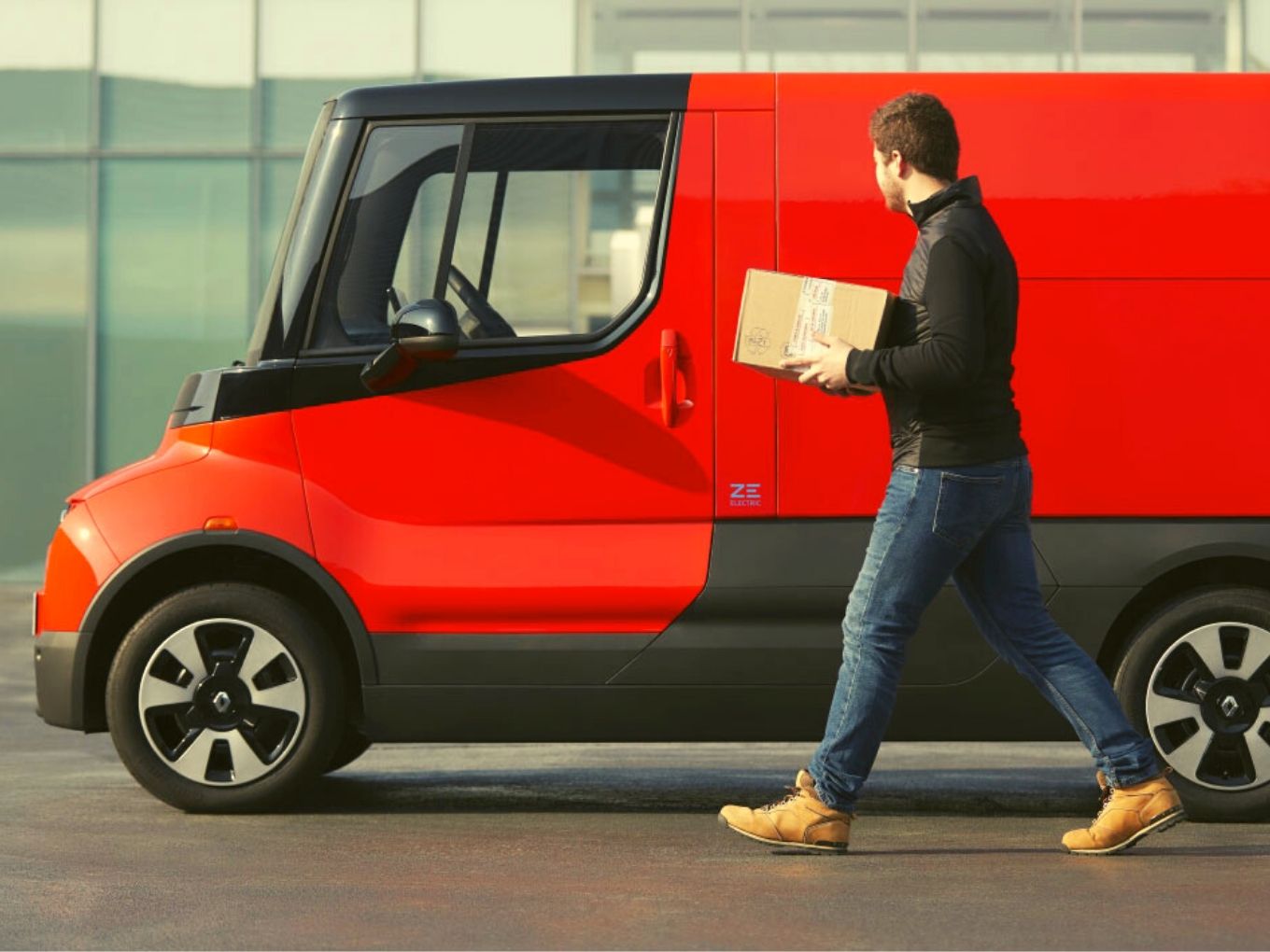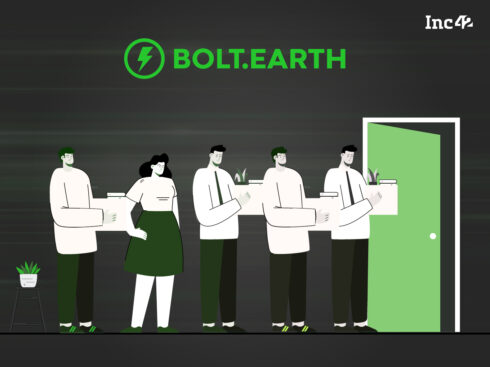
SUMMARY
The ecommerce sector relies heavily on logistic delivery providers
Hardware as a Service (HaaS) model enables providing vehicles on a rental/lease model
There is a vast mobility solution opportunity using EVs in the middle and last mile connectivity
In the present economic scenario, investing money in capital expenditure for companies is going to be extremely hard. At the same time, there are some sectors of the industry that would grow aggressively and demand investments. Ecommerce is one such industry that is likely to see considerable growth post-Covid-19 lockdown.
The ecommerce sector relies heavily on logistic delivery providers who are currently being serviced by logistic companies. These companies work on a combination of Capex as well as the Opex/lease model for deploying vehicles in the fleet. The industry is looking to scale up massively with partners who can provide a complete mobility solution. The entire dynamics of the model – vehicle architecture, operations management, IT and services management package will work on delivering end to end service to the customers.
Hardware as a Service (HaaS) model enables providing vehicles on a rental/lease model to the customer at their site as part of the complete service solution. The vehicle is part of the full package and works on the asset being owned by the service provider, not the customer. The lease could be ‘Dry’ or ‘Wet’ depending upon contractual terms with the customer. The dry lease we define as leasing on the equipment whereas in Wet lease it comes accompanied with the operator along with maintenance and service assurances
A successful Complete Mobility Solution shall consist of the following:
- Customised vehicle architecture designed for the ecommerce industry.
- IT platform designed to optimize routes and delivery points for the customer.
- Collection and delivery services for the middle and last mile.
- Customized data capturing as additional service.
The delivery service for the industry on an electric vehicle platform with the above features is the new age complete mobility solution. Electric Vehicles are going to be the most significant disruption in the automobile market. The massive technology shift from IC engines to battery-powered vehicles is happening globally. India will not remain untouched by it.
Technology advancement ensuring long-range, quick charging resulting in economic benefits to the users, are the drivers of this massive shift in the automotive world.
Ecommerce is a relatively young industry in India. With the success of global giants like Amazon, Walmart in India, the industry has grown over 200% YoY. There are still unexplored opportunities in this sector, with penetration of just about 3% in the organized retail sector. Major drivers of this segment have been the young working population, demographics of India, variety and ease of purchases and price benefits to the customers.
Ecommerce companies typically work on marketplace concepts wherein they provide e-platform connecting buyers and sellers. The actual goods and materials are collected, sorted and delivered to the buyer by a third party, usually a logistics service provider.
The logistics supply chain consisting of large scale warehouses, sorting centers and transportation services provide a seamless end to end service to the customer. The ecommerce company provides the IT platform to manage the business dynamics right from order booking to payment collection.
There is a vast mobility solution opportunity using EVs in the middle and last-mile connectivity with the three and two-wheelers as delivery vectors. The last mile of 2/3 wheelers is the most crucial link of the chain as the efficiency of this link ultimately measures customer satisfaction. Vast demography of India provides various challenges to the service provider in this sector. This is where the HaaS model with three-wheelers and two-wheelers comes in to play.
The control and management of the EVs for the ecommerce sector need to be planned carefully because of the highly demanding deliverables of the business. On the vehicle architecture side, EV can be customized better than an IC engine vehicle due to a far lesser number of parts in the vehicle. Service providers need to map out the following :
- Power required for the vehicle: this will decide the motor capacity, drive train configuration, etc.
- Travel required daily: this will decide the battery requirement
- Type of cargo: this will determine the cargo box size weight etc.
- Demand patterns: peak hours, the gap in between deliveries, etc. to decide to charge time.
Once vehicle configuration and demand patterns are mapped, the information is fed into the central computer at the command and control centre, which has the database of all the vehicles available with the service provider. The software then decides and allocates the type of vehicle required on the designated pin codes. For EV three-wheeler and two-wheelers, we recommend a delivery zone typically within 20-30 KM.
The field deployment centre then takes over and deploys vehicles along with the driver to the designated routes. The field unit is linked with the control room on the same IT platform and monitors the movement of vehicles via GPS. The data is stored in the cloud for real-time access by all as per requirement.
Data management system software installed in the vehicles captures various data e.g., mileage, charging, delivery records, turn around time, etc. Various other customer data points related to the type of purchases made, customer profiles, etc. could be built based on an agreement with the e-commerce company. The field office gets alert on a real-time basis for any field trouble with the vehicles and takes immediate corrective action.
This mobility solution model with hardware as service works on an asset-light model for the customer. Along with low Capex, the operational overheads are also reduced. For the service provider, the key success issues in a successful mobility solution service would be a financial tie-up with a network of leasing/financing/insurance companies. Operations management is the key for the service providers. A reliable IT backbone is the key here.
The mobility solution model success hinges mainly on the efficiency of the IT system, the uptime of vehicles and quick turnaround times.
Conclusion
The ecommerce companies are looking to scale up business post-Covid. There is a huge opportunity to build a substantial business using a mobility solution business. Electric vehicles two and three-wheelers provide an essential element of this supply chain. The complete integration is done through a robust IT system linking all the links in the supply chain. This is a highly demanding service industry which offers decent margins and business scale.
A robust business with a full mobility solution could be developed by jointly working between e-commerce companies and service providers. The business has scale and scope, technology bandwidth, financial leverage and ultimately value for the investors.


























